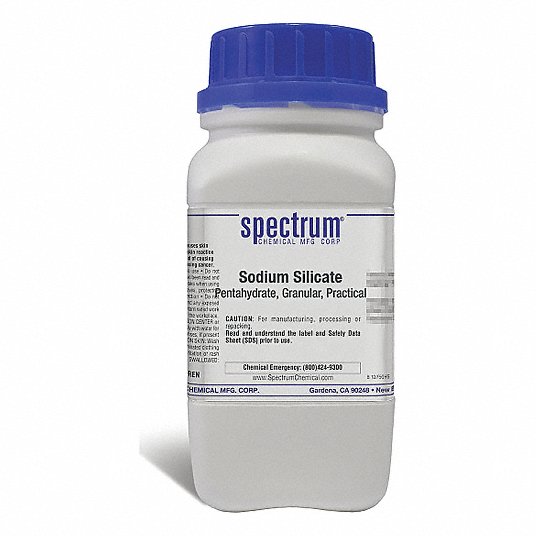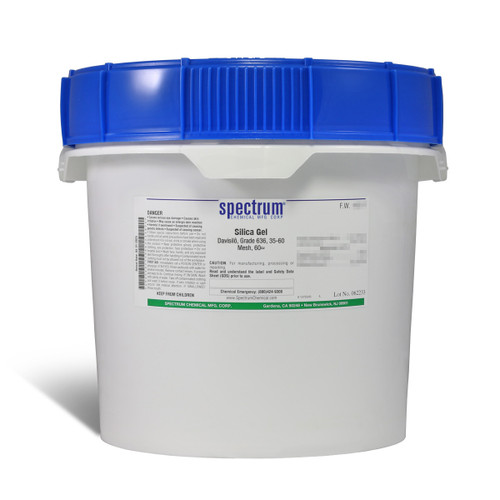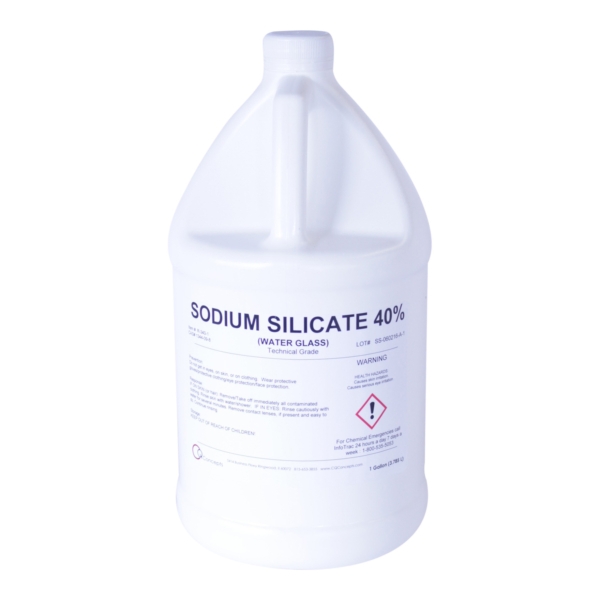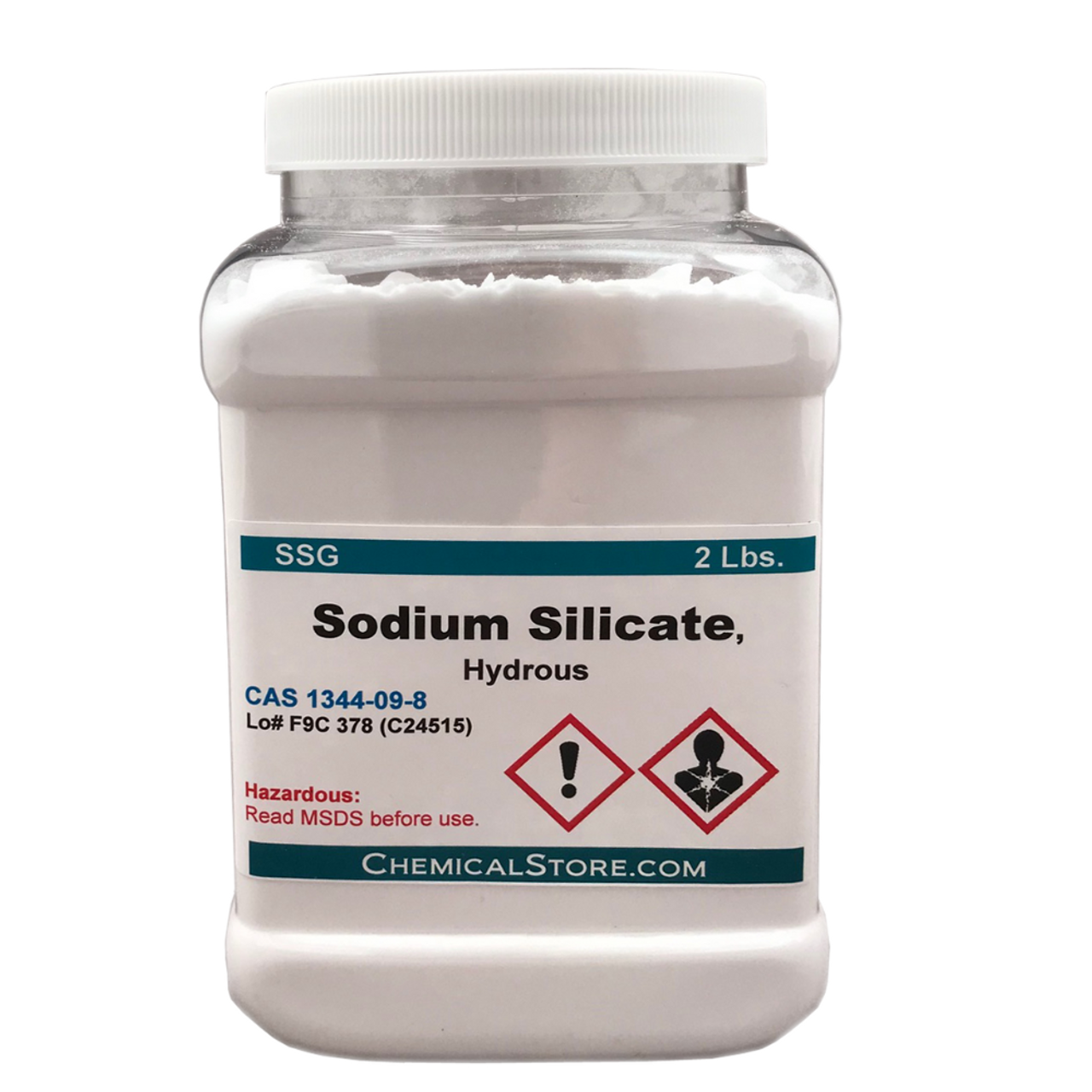Description
Silica gel, commonly known as sodium silicate, is a versatile and widely used material with numerous applications across various industries. It is a form of silicon dioxide that is synthesized from sodium carbonate and sand. Its porous structure gives it remarkable moisture-absorbing properties, making it an extremely effective desiccant. As a desiccant, silica gel helps control humidity in packaging, thus preserving the integrity of products ranging from electronics to food items.
In addition to its moisture-absorbing capabilities, silica gel is also utilized in the manufacturing of various industrial products. It is employed as a thickening agent in paints and coatings, enhancing the flow and application of these materials. Furthermore, its chemical properties make it a valuable component in the production of detergents, soaps, and even catalysts in chemical processes. Silica gel’s ability to absorb harmful substances and pollutants makes it an important material for environmental applications, including water purification and air filtration systems.
The safety profile of silica gel is also noteworthy; it is non-toxic and considered safe for various uses, although ingestion of the beads is not recommended. Silica gel typically comes in small beads or granules and is often found in small packets labeled “Do Not Eat,” usually included with electronics or packaged food to control moisture. The widespread availability and low cost of silica gel contribute to its popularity, making it an indispensable tool for both industrial applications and everyday moisture management. As industries continue to innovate, the uses and formulations of silica gel are expected to expand, reinforcing its role as a critical component in modern technology and consumer products.












